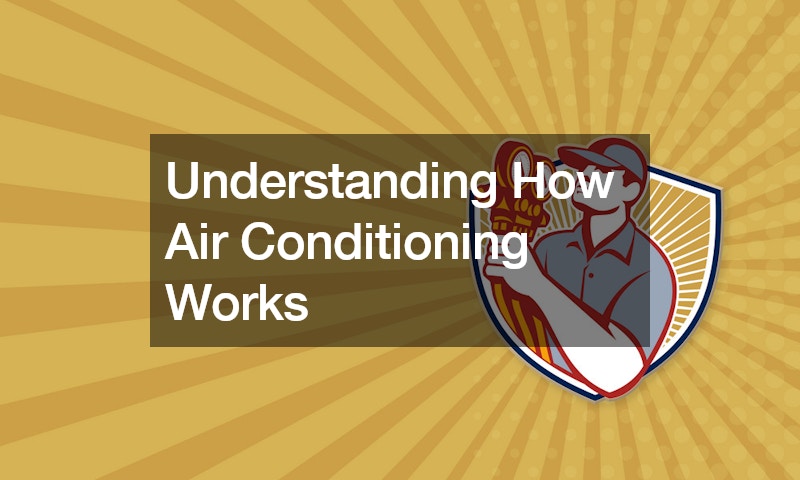
Air conditioning doesn’t have to be a mystery. In the video, viewers get to see some diagrams and 3D models of an actual AC system. Here are some of the key components and what they do.
A manually or digitally operated thermostat is the first of eight main components in an AC system. The homemaker adjusts this to the temperature they want. This prompts the condenser fan and compressor to start working.
The compressor pumps refrigerant around the system. Refrigerant is a fluid with a very low boiling point. Because it can constantly switch between liquid and vapor forms even at room temperature, refrigerant can easily carry heat out of the home.
Refrigerant moves into the compressor in vapor form. It turns back into liquid in the condenser. All the heat is released outdoors with the help of the fan.
The refrigerant flows from the air conditioning system to a metering device which adjusts flow depending on the temperature of the liquid. During this process, the liquid becomes close to vapor form again. Having lost even more temperature, the cool liquid moves through an evaporator coil to the blower.
The final result is perfectly chilled air blown steadily throughout the house. Users can simply adjust the temperature with the thermostat. This cycle is continuous to help maintain a pleasant environment within the home at all times.

